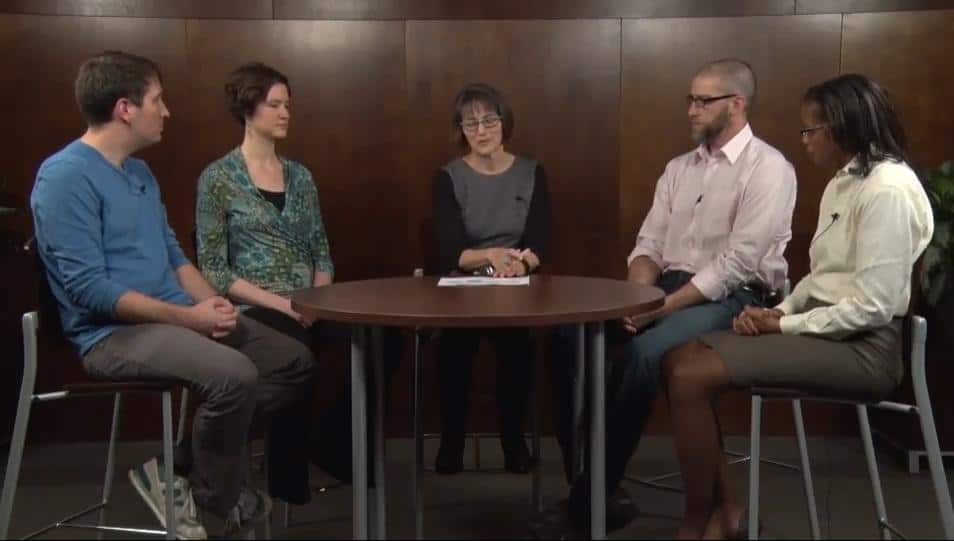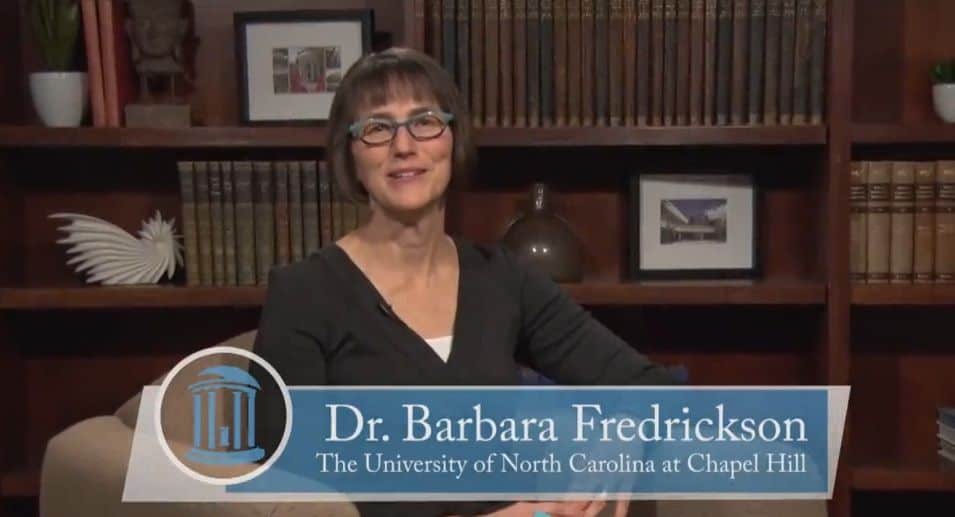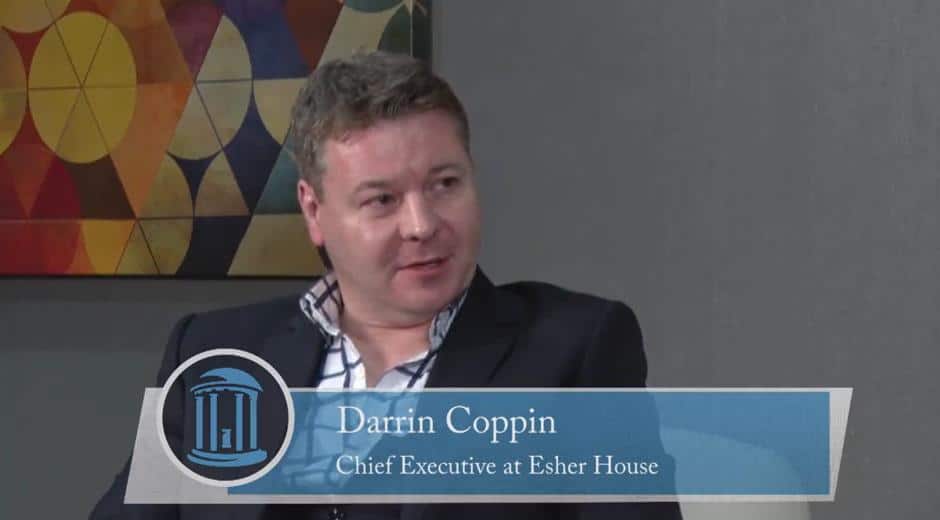Course Review: Positive Psychology Offered by UNC at Chapel Hill on Coursera
Get inspired and find out how you can impact your life and live longer, healthier and happier through positive emotions and psychology.
Review by Lura Sanborn. Took the course? Write your own review here. Read all reviews.
WHY POSITIVE PSYCHOLOGY?
After taking Berkeley’s edX offering, The Science of Happiness (read the review by Lura), in the Fall of 2014, I was eager for more. The first offering of Positive Psychology, offered at Coursera from the University of North Carolina, Chapel Hill, in Spring 2015, was announced in an outro email to Science of Happiness students. The work of Positive Psychology professor, Dr. Fredrickson, had been included in a slice of the Science of Happiness course. I signed right up!
CONTENT
The content is inspiring, hopeful and validates experiencing and pursuing positive emotions.
The content is inspiring, hopeful and validates experiencing and pursuing positive emotions. I learned that science has found positive people live longer, are healthier and happier, are more resilient in difficult situations, and experience “increased satisfaction” with their life. Perhaps the pleasant pursuit of positivity is how humans will be spending their time after the robot revolution?
WORKLOAD & ASSESSMENT
Each week included an experiential activity as studied in positive psychology,
There was only about one hour of video, divided up into four or five short videos, for each of the six weeks, (much less than any of the other five online courses I have taken). Each week included an experiential activity as studied in positive psychology, such as meditation, active listening, or measuring one’s happiness ratio. To listen to the weekly lectures, and complete the experiential activity five days a week, I needed to budget between two to three hours a week to complete the material.
DESIGN
This course offers the familiar combination of video lectures, outside of class homework/experiences, and discussion boards to share thoughts on lectures as well as write ups on our homework.
The format of the class is a touch different in that there is an attempt to digitally create the Harkness table method. All of the course videos (with the exception of bonus interviews) include four adults “taking the class” alongside their virtual classmates. Two are PhD’s associated with Chapel Hill, one is pursuing a PhD at Chapel Hill and the fourth is holistic health coach.
Hearing how these different viewpoints interpret the lecture points, and apply them to their own line of work (university administration, teaching future school counselors, current research and mental health) gives me mental “hooks” for recalling the lecture ideas. I will say the presentation of the group is somewhat distracting, as all five participants are seated on bar stool height chairs at a round table. This is fine, of course, it’s just that filming is done basically from the ground up and I happen to find seeing all their legs distracting. I have found I do better at focusing on the course content when I close my eyes thus blocking out any eye-catching distractions.
Another “new” for me are the stops in each video. Every lecture contains a few stopping points throughout, where the video lecture pauses and the viewer is taken to an input screen to type an answer to a questions. The professor explains in the first course video this is an intentional design, intended to move the learner from passive to engaged. I think it works. When I let my brain pull in an open recall of the first week, one of the images that comes to mind is a mid-lecture input screen, with me typing a response to a question. I appreciate that I am asked to respond prior to watching the on-screen participants sharing their answers; I feel like my response is more pure-to-me and I am not subconsciously mimicking other participants.
THOUGHTS ON THE PROFESSOR
Initially, I didn’t warm to the professor quite as quickly as in past MOOC’s. In other digital classes I felt like I could have a cup of coffee or a beer with the professors. In this class, it took me a little longer to feel I would have an easy rapport with Dr. Fredrickson outside of the classroom (Maybe I just needed some time to embrace her interesting spectacles?). I ended up feeling there is something quietly reassuring about Dr. Fredrickson, while simultaneously wishing there was more content from her.
TAKE-A-WAY’S
My favorite and most meaningful take-a-ways? A concept I find endlessly reassuring, (if only I can remember it) was stated in Week three, video two, by Dr. Fredrickson: “No emotion was built to last forever.”
“No emotion was built to last forever.”
– Dr. Fredrickson
And later Kelly, one of the students at the physical table stated: “We don’t have to wait until we get everything done before we bring in the pleasure or the positivity.” This statement has somehow given me permission to enjoy an evening outside while not thinking about household chores, take a mid-day ten minute walk before my work tasks are all complete, to experience an in-person social connection going while not feeling pulled by my email’s inbox.
I also did really enjoyed the bonus interview with Darren Coppin from Esher House (their slogan is “Policy Outcomes through Science”) in which he described how teaching positivity to hundreds of thousands of unemployed has led to greater employment and greater longevity in that employment. It was great to see the positive psychology field making society better, beyond the individual (which I like too, but the greater application is just so exciting).
Additionally, I have fallen in love with Dr. Fredrickson’s take on weekly faculty meetings. As expressed in week six, her faculty meetings consist of faculty getting together once a week to play cards, the business of the meeting happens “around the card game” thus increasing the positivity element of social connectedness. I’d love to implement this in my department!
CONCLUSION
While I didn’t experience as many ZOMG! moments as I have with past MOOC’s, I believe the course quietly impacted me in my behavior choices both in my personal and professional life. Specifically, in improving my intentional mindfulness levels when interacting with others, the belief (backed by science!) that I can nurture and nourish my own positive emotions, that emotion is not an element outside of oneself, of being open to moments of joy, and overall, the deep value of cultivating positivity as a benefit for myself and for those around me. I would take the course again.
[review_widget]
Editors Note: Review by Lura Sanborn. Lura is a research librarian for a prep school in central NH, where she teaches research skills & sources, selects the library’s digital content and creates research guides. In her free time she advocates for coconut-based ice-cream flavors at her husband’s sweet shop and dreams of a future filled with robots.
Class Central is looking for reviewers and regular contributors. If you’ve ever finished a MOOC and want to write a critique to help future students considering taking that course, we want to hear from you. Drop us a mail.








